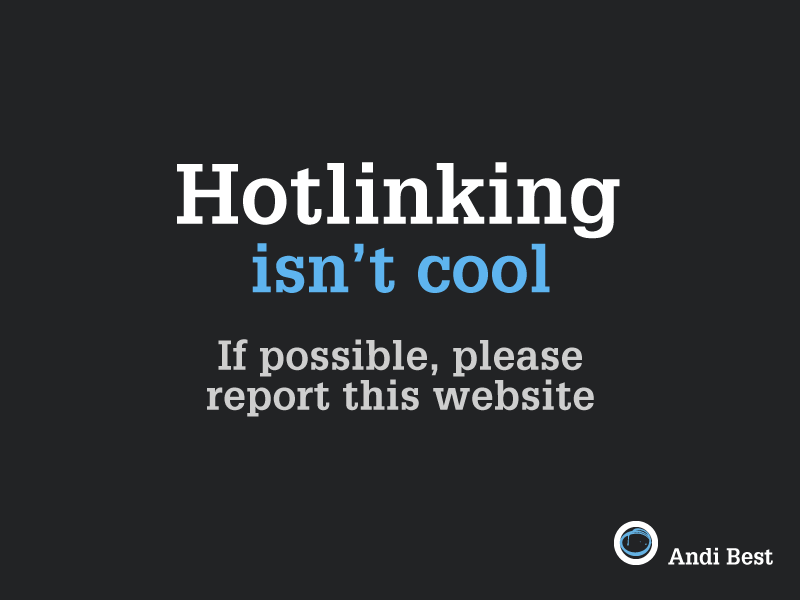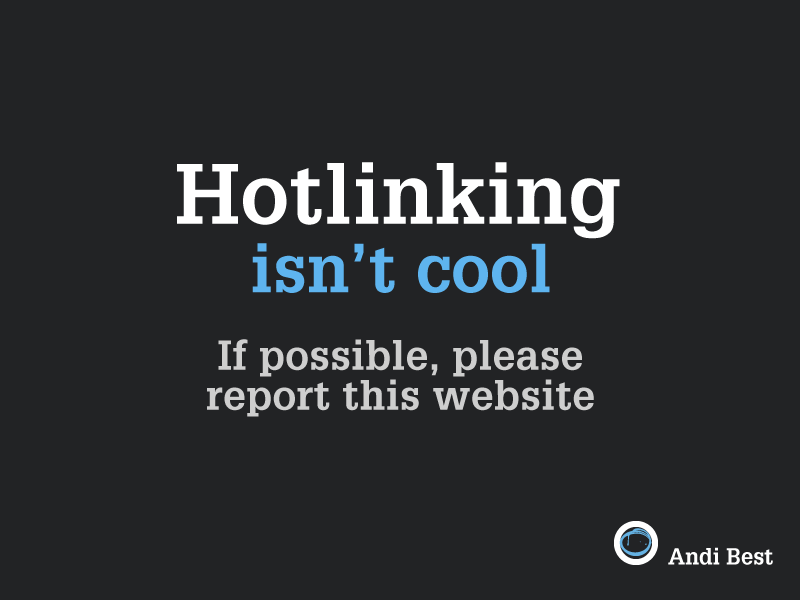Draw, Win and Lose
- Published 07-03-2021
- Share

Brands love a giveaway. Their warehouses are chocked full of products - more than they could ever need or sell - so why not hand a few out to consumers at no cost whatsoever? Having the public 'compete' for the opportunity will engage current audiences as well as potentially drive acquisition. Yes sir, there's nothing quite like a win-win competition.
How about then a win-sort-of-win-but-really-mostly-lose competition?
One of the darkest, angst-ridden corners of the internet is where you'll find commentary and memes aplenty by Creatives incensed by the "opportunities" they've unearthed to work for household brands without compensation. These empty-wallet propositions are framed as self-development projects, where conventional remuneration is offset by their fallacious value in "exposure", where exposure as an asset behaves more like a high-risk investment than a form of currency. The theory goes that by having official affiliation with a large brand a designer unlocks an unprecedented amplification of their skills and work, which will eventually pay boundless dividends if enough approving nods from actual clients amass thereafter. The brand here is effectively deferring what should be their financial burden to others further down the road, and even then there's no guarantee the debt will be settled at all.
It's easy to see from a brand's perspective why this is a favourable approach to getting what they want.
It's easy to see from a brand's perspective why this is a favourable approach to getting what they want.
Becoming ever more common is this same practise being gamified; entering the promotional competition space and tainting it with the same freeloading ethos whilst ramping up the audacity by having Creatives actually compete for the fantasy, universally unaccepted exposure credits. The pitch usually goes like this: competition entrants must submit original designs or artwork for reproduction on products such as T-shirts, posters, packaging and more. That's it. That's the prize. A thinly-veiled claim of affiliation to a brand that goes on to profit from a piece of work that was purposefully crafted and willingly handed over for zero compensation. There are often no auxiliary prizes, no royalties from sales and beyond social posting after the competition deadline, no further reference or credit to the creator.
Design a James Bond anniversary campaign poster. Create an illustration for our virtual festival merchandise. Design the packaging for our new flavour of surfing-aligned beverage. Have your child artistically recreate the logo of our national television network. These are a few of the calls to action for competitions I've seen firsthand on social media and beyond in recent months where little to no tangible reward exists.
Design a James Bond anniversary campaign poster. Create an illustration for our virtual festival merchandise. Design the packaging for our new flavour of surfing-aligned beverage. Have your child artistically recreate the logo of our national television network. These are a few of the calls to action for competitions I've seen firsthand on social media and beyond in recent months where little to no tangible reward exists.
How are brands gaining traction from these contests?
'Young'. 'Youth'. 'Student'. 'New'. These are all qualifiers I've found littering the competition gambit, defining the calibre of entrant the brand is looking for. Why these people? Why these red flags? Why are the ideal entrants never 'established', 'professional', or 'senior'? Why are those qualifiers only ever applied in appeals for contractual engagements or job applications?
The thinking is transparent; professional/established/senior designers simply aren't going to engage with a campaign where their time isn't valued and their livelihood isn't respected, whereas fledgling creatives without years of industry experience shaping their outlook fit the trope of languishing at their desks, scribbling aimlessly in sketchbooks, trying and failing to make their big break. They are more likely to overlook the initial exploitation and less likely to foresee the shortcomings of zero industry leap-frogging thereafter. Having other people's logos in your portfolio might make some folk sit up and take notice, but if that's all you're getting from your professional time, your debtors/bill-collectors won't be among them.
The thinking is transparent; professional/established/senior designers simply aren't going to engage with a campaign where their time isn't valued and their livelihood isn't respected, whereas fledgling creatives without years of industry experience shaping their outlook fit the trope of languishing at their desks, scribbling aimlessly in sketchbooks, trying and failing to make their big break. They are more likely to overlook the initial exploitation and less likely to foresee the shortcomings of zero industry leap-frogging thereafter. Having other people's logos in your portfolio might make some folk sit up and take notice, but if that's all you're getting from your professional time, your debtors/bill-collectors won't be among them.
This is all circumstantial of course and for balance I've also seen justification for this sort of competition.
"If they want to enter, let them, don't spoil their fun".
It's hard to argue with that - in fact, it's not worth arguing at all. If brand loyalty/worship genuinely motivates artists to exchange their time for kudos that resonates on a positive emotional level then absolutely, they should enter and plunder all the pleasure they can. There's also nothing wrong with indulging in a prompt that generates portfolio filler, which may well be useful for genuine job pitches down the line.
For artists who find value in an exercise like this, they need not even wait for a competition to present itself to warrant forwarding artwork to the brand they feel passionately about.
"If they want to enter, let them, don't spoil their fun".
It's hard to argue with that - in fact, it's not worth arguing at all. If brand loyalty/worship genuinely motivates artists to exchange their time for kudos that resonates on a positive emotional level then absolutely, they should enter and plunder all the pleasure they can. There's also nothing wrong with indulging in a prompt that generates portfolio filler, which may well be useful for genuine job pitches down the line.
For artists who find value in an exercise like this, they need not even wait for a competition to present itself to warrant forwarding artwork to the brand they feel passionately about.
Wilful ignorance of value exhibited by both Brands (who easily have the budget to compensate a competition winner financially) and the competitors (who fail to acknowledge their time and energy are saleable assets) is the biggest issue I take with this whole practice. Value is removed or at least totally obscured by framing the transaction as a competition, allowing the implied elements of fun and challenge to supplant any need to address remuneration. It shifts the guilt away from the brand who are demanding free work onto the competitors if they wonder aloud whether they should gain something palpable from complying. Misconstruing the unbalanced value proposition as greed on the designer's part sets a dangerous precedent about what is deemed acceptable in trade.
And unless a balance sheet for sales of the final work is routinely made available to the competition winner, they will gain no insight into the actual value of their work. They won't know if their art was bad, good or great; just that it was better than anyone else's who turned up that day. That's not a quantifiable metric at all.
And unless a balance sheet for sales of the final work is routinely made available to the competition winner, they will gain no insight into the actual value of their work. They won't know if their art was bad, good or great; just that it was better than anyone else's who turned up that day. That's not a quantifiable metric at all.
The point of writing this piece is to raise a level of awareness around exploitation of under-established Creatives.
While there are hills much larger than this to die on, it doesn't sit well with me that misappropriation of a designer's time with gamified briefs is going virtually unchallenged. At best, lessons are learnt and the designer emerges wiser. At worst, regular participation in these exchanges could ingrain a propensity to be too soft-nosed in difficult professional situations later on.
Clearly I'm not denouncing carrying out creative work for big businesses. Working with established and widely revered brands is inherently exciting and quite the merit badge, but hardly credible if the brand have come begging. If work was pitched or a brief supplied, or it was you and your skills that were specifically sought then it's clear both parties in the engagement acknowledge and appreciate the value of what's transpired. Working with a brand and for a brand are two very different things.
While there are hills much larger than this to die on, it doesn't sit well with me that misappropriation of a designer's time with gamified briefs is going virtually unchallenged. At best, lessons are learnt and the designer emerges wiser. At worst, regular participation in these exchanges could ingrain a propensity to be too soft-nosed in difficult professional situations later on.
Clearly I'm not denouncing carrying out creative work for big businesses. Working with established and widely revered brands is inherently exciting and quite the merit badge, but hardly credible if the brand have come begging. If work was pitched or a brief supplied, or it was you and your skills that were specifically sought then it's clear both parties in the engagement acknowledge and appreciate the value of what's transpired. Working with a brand and for a brand are two very different things.
Want to read blog updates as they're published? Sign up to my newsletter for blog update alerts. Join my newsletter

 T-shirt challenge
T-shirt challenge